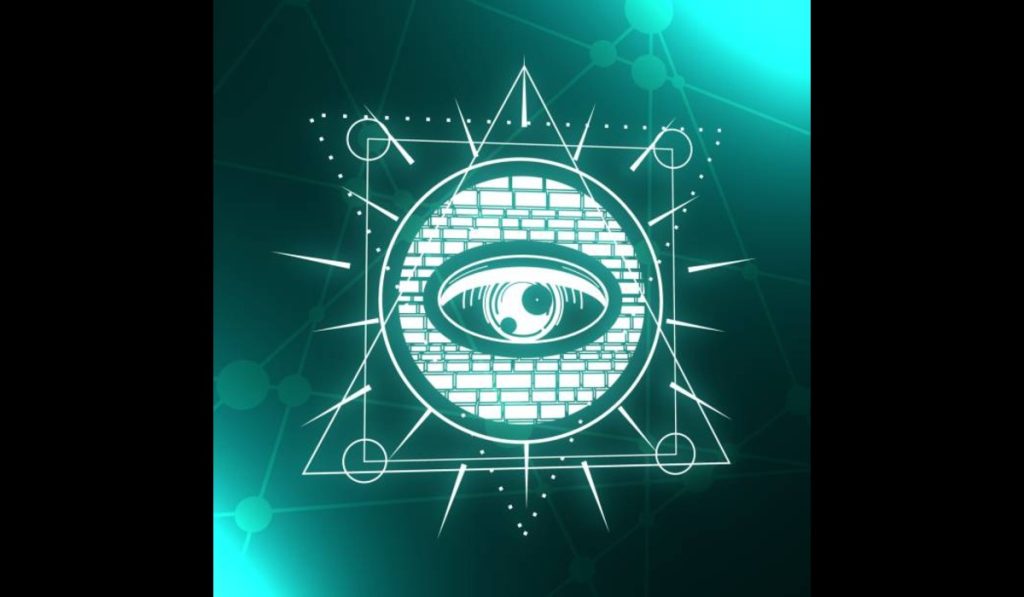Introduction
“Beholderen” is a term that has gained traction in various fields, encompassing mythology, literature, and modern fantasy games. The term, often associated with the “Beholder,” a well-known creature in Dungeons & Dragons (D&D), sparks intrigue and curiosity. This article delves into the origins, characteristics, and cultural significance of the, unraveling the layers of mystery that surround this fascinating concept.
The Mythological Roots of Beholderen
The roots of the can be traced back to ancient mythologies, where creatures with numerous eyes symbolized omnipresence and vigilance. In Greek mythology, the Argus Panoptes was a giant with a hundred eyes, serving as an all-seeing guardian. Similarly, in Hindu mythology, the deity Shiva is often depicted with a third eye, symbolizing his ability to see beyond the physical realm.
These mythological antecedents laid the groundwork for the modern conception of the idea of a multi-eyed creature watching over the world permeated various cultures, evolving and adapting over time.
The Beholder in Dungeons & Dragons

In the realm of modern fantasy, the beholderen finds its most famous representation in the form of the Beholder from Dungeons & Dragons. Introduced in the 1975 Greyhawk supplement, the Beholder quickly became one of the most iconic monsters in the game. Known for its spherical body, single central eye, and numerous eye stalks, each with its own magical ability, the Beholder is a formidable adversary for any adventurer.
Characteristics and Abilities
The Beholder’s central eye emits an anti-magic cone, nullifying spells within its gaze. Its eye stalks can fire various magical effects, including disintegration rays, telekinetic rays, and charm rays. These abilities make the Beholder a versatile and dangerous opponent, capable of countering a wide range of strategies.
Role in Campaigns
Beholders are often portrayed as paranoid and xenophobic, hoarding treasures and knowledge in their lairs. Their intelligence and strategic thinking make them challenging foes, often serving as major antagonists in D&D campaigns. The Beholder’s unique abilities and distinctive appearance have cemented its status as a staple in the D&D universe.
The Beholderen in Literature and Popular Culture
Beyond Dungeons & Dragons, the concept of the beholderen has permeated various forms of literature and popular culture. In fantasy novels, creatures with multiple eyes often symbolize enhanced perception and otherworldly wisdom. For instance, in H.P. Lovecraft’s Cthulhu Mythos, the Great Race of Yith possesses an extensive understanding of time and space, facilitated by their advanced sensory organs.
In contemporary media, the beholderen often represents the theme of surveillance and the loss of privacy. The omnipresent, multi-eyed figure can be seen as a metaphor for modern society’s increasing surveillance capabilities and the resulting ethical dilemmas.
Cultural Significance
The beholderen’s cultural significance extends beyond its fantastical representations. It embodies the human fascination with perception and the unknown. The multitude of eyes symbolizes the quest for knowledge and the fear of being watched, reflecting deep-seated anxieties about surveillance and control.
Psychological Interpretations
From a psychological perspective, the beholderen can be seen as a manifestation of the human subconscious. The fear of being constantly observed taps into primal instincts related to survival and vulnerability. The beholderen, with its all-seeing eyes, represents the ultimate predator, always aware and always watching.
Symbolism in Art
In art, the beholderen serves as a powerful symbol of perception and insight. Artists often use multi-eyed motifs to convey themes of omniscience and enlightenment. The beholderen’s imagery challenges viewers to consider the nature of observation and the limits of human perception.
Conclusion
The beholderen, with its rich mythological roots and enduring presence in modern fantasy, continues to captivate and inspire. From the ancient myths of Argus Panoptes to the iconic Beholder in Dungeons & Dragons, this multi-eyed creature represents a complex interplay of perception, knowledge, and fear. As society grapples with issues of surveillance and privacy, the beholderen remains a potent symbol of the ever-watchful eye, reminding us of the power and perils of observation.
FAQs
1. What is the origin of the term “beholderen”?
The term “beholderen” likely stems from the broader concept of multi-eyed creatures in mythology, literature, and fantasy games, most notably the Beholder from Dungeons & Dragons.
2. How does the Beholder in Dungeons & Dragons differ from its mythological counterparts?
The Beholder in Dungeons & Dragons is characterized by its spherical body, central eye with an anti-magic cone, and multiple eye stalks with various magical abilities, whereas mythological counterparts like Argus Panoptes are more grounded in symbolic representation.
3. What are some common themes associated with the beholderen?
Common themes include perception, surveillance, knowledge, and fear of the unknown. The beholderen often symbolizes enhanced awareness and the ethical implications of constant observation.
4. How is the beholderen used in modern literature and media?
In modern literature and media, the beholderen often appears as a metaphor for surveillance and loss of privacy. It also represents otherworldly wisdom and perception in various fantasy settings.
5. Why is the Beholder such a popular monster in Dungeons & Dragons?
The Beholder’s unique design, versatile abilities, and strategic complexity make it a challenging and memorable adversary in Dungeons & Dragons, contributing to its popularity.
6. What psychological interpretations can be drawn from the concept of the beholderen?
The beholderen can be seen as a manifestation of the human fear of being constantly observed, tapping into primal instincts related to survival and vulnerability. It also represents the quest for knowledge and the limits of human perception.










